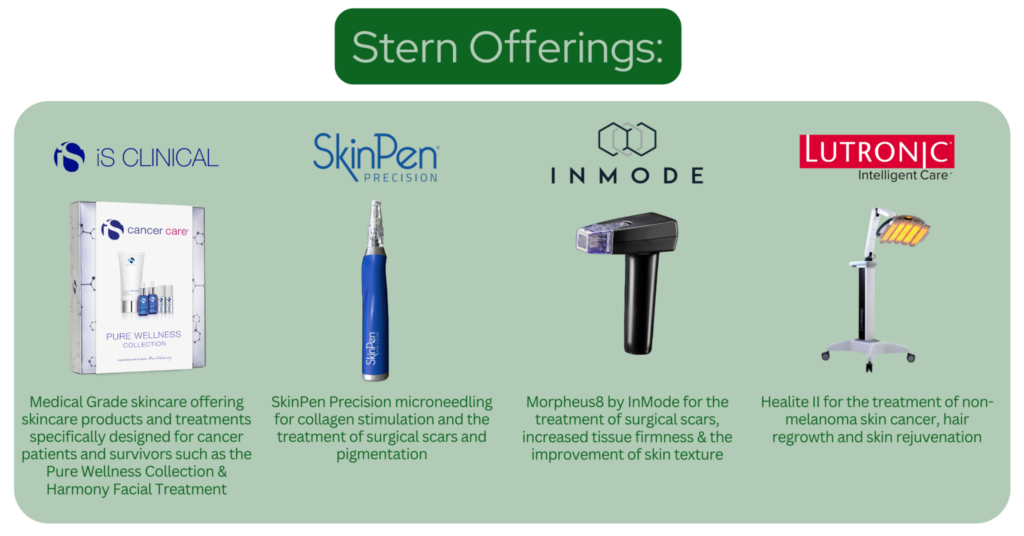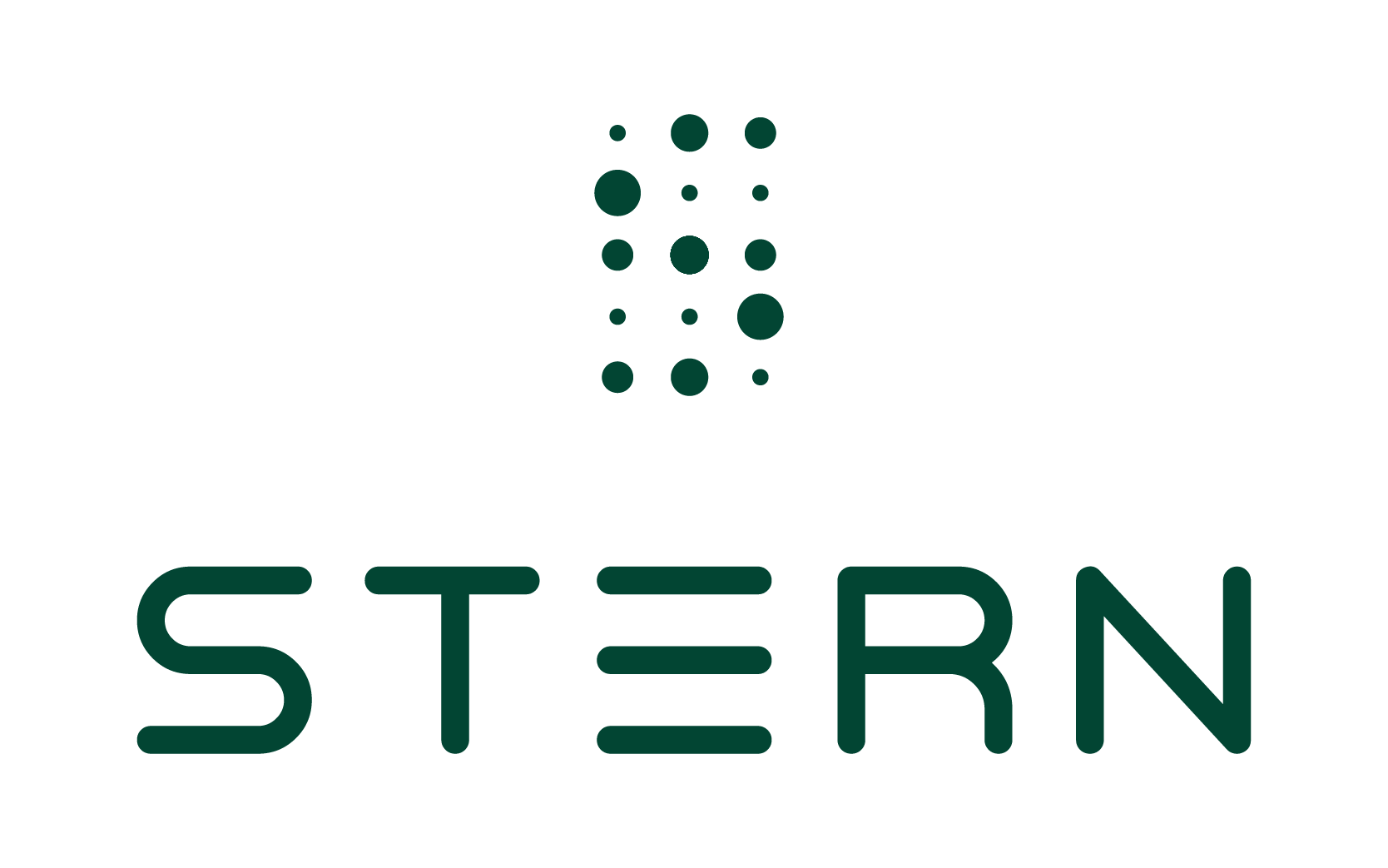
While an increasing number of individuals are receiving cancer diagnosis each year, it is noteworthy that the survival rate is exhibiting a positive trend of improvement. The 5-year relative survival rate for all forms of cancer is currently at an all-time high of 69.3% (source: Linda Pickel, 2022). This leaves the question: What does life after cancer look like?
Upon regaining the biggest gift of all, life, it is often accompanied by long-lasting consequences from cancer treatments. Aesthetic treatments and technology have assumed an increasingly prominent role in aiding patients in remission by facilitating the processes of healing, enhancing comfort, and restoring confidence.
Skin
Cancer treatments can be incredibly taxing on the body, and one aspect that often gets overlooked is the impact they can have on the skin. The side effects of chemotherapy, radiation, and other cancer therapies can take a toll on your skin’s health and appearance. Fortunately, aesthetic treatments and medical-grade skincare can play a vital role in mitigating these effects and helping patients regain their confidence and well-being.
Understanding the Impact of Cancer Treatments on Skin
- Dryness and Sensitivity: Cancer treatments can lead to dry, sensitive skin due to the damage they inflict on the skin’s natural moisture barrier. Patients often experience flakiness, redness, and discomfort.
- Hyperpigmentation: Radiation therapy and certain medications can trigger hyperpigmentation, causing dark patches or spots to appear on the skin.
- Fragility: Skin can become thinner and more prone to bruising, making it essential to handle the skin with care during this time.

Aesthetic Treatments and Skincare Solutions
- Medical-grade Skincare: A skincare regime and hydrating treatments that is proven safe for compromised skin, will assist with loss of hydration and building the skin barrier.
- Chemical Peels: Chemical peels can help improve skin texture, reduce hyperpigmentation, and promote the growth of healthier, more vibrant skin.
- Microneedling: This minimally invasive procedure can stimulate collagen production, which can improve skin elasticity and reduce the appearance of scars or wrinkles.
- Laser Therapy: Laser treatments can address hyperpigmentation issues, reduce redness, and promote overall skin rejuvenation.
- Sunscreen: Sunscreen is especially crucial to shield sensitive skin from harmful UV rays.
Scars
Aesthetic treatments also have become important to reducing the appearance and discomfort of scars post-cancer. May it be surgical scars (body-altering challenges of mastectomy, lumpectomy, augmentation mammoplasty etc.) or skin scarring (immune-related), skin scarring options have increased over the years. Options include dermabrasion, microneedling and subcision, punch excision and grafts, fillers, non-ablative fractional lasers, ablative and fractional ablative lasers, and platelet-rich plasma (PRP). These may be employed separately or together to reduce discomfort, psychological distress, and to offer the patient a sense of recovery to a normal life after cancer.
Additional concerns that the aesthetic industry had used to improve patients’ live post-cancer:
- Hair restoration
- Cosmetic procedures
- Stress reduction
- Wound healing
Aesthetic treatments can be a lifeline for patients in remission, offering both physical and emotional support as they transition back into a world beyond cancer. These treatments empower survivors to embrace their newfound health, confidence, and quality of life, reminding them that life after cancer can be filled with hope, self-assurance, and beauty.

What really makes me excited is that more and more physicians are recognising their role in this. We have the tools, we have the technology. Now, we only need the army and the will.
